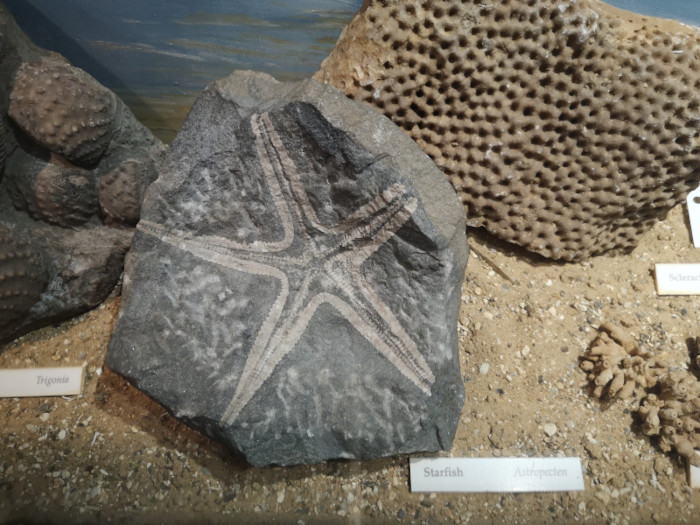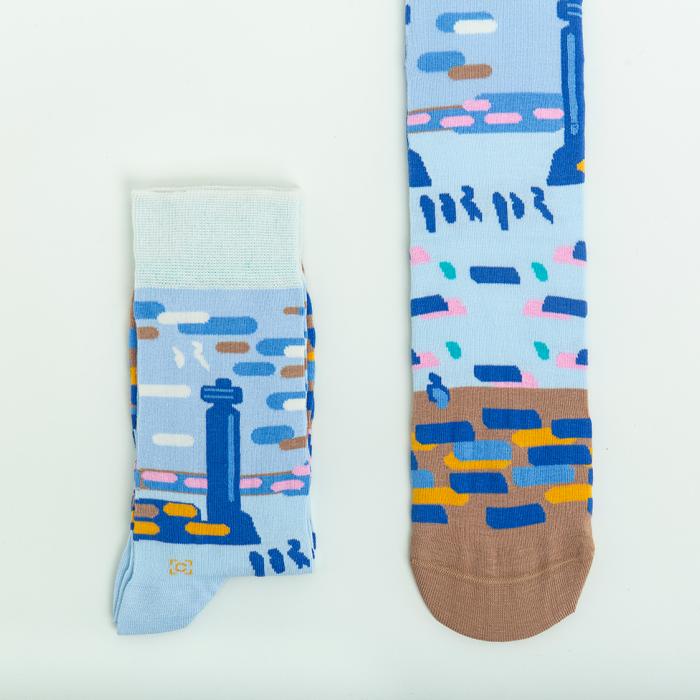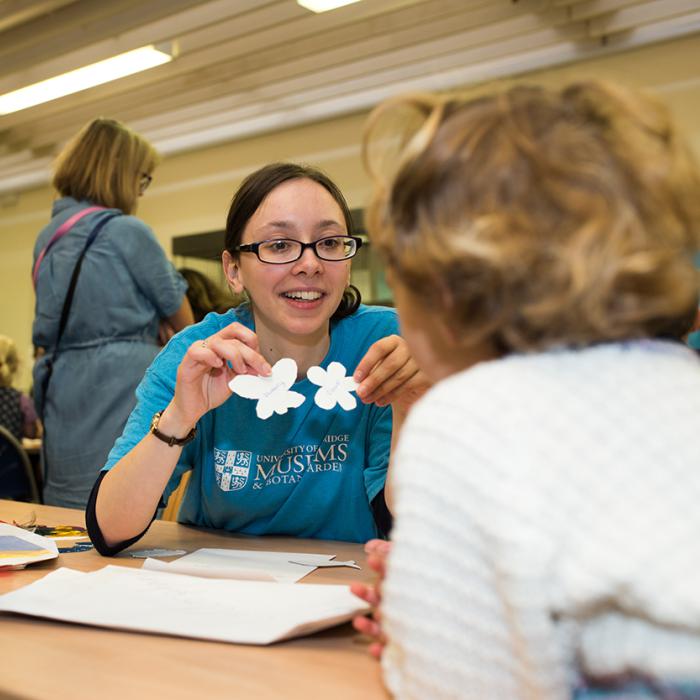Make your own Anglerfish mask and discover how this crafty fish tempts in its prey...
Make your own rat-shaped shadow puppet then use it to try some shadow experiments.
Salt dough is easy to make and can be used to make all sorts of models - including starfish. This activity will show you how.
Fossil Jurassic star fish from the Sedgwick Museum

Find out how the multi-coloured northern lights are created then have a go at creating your own.
You might not be able to search for prehistoric objects in the Museum at the moment, but can you find all the related words in this puzzle?
This image from a medieval illuminated manuscript shows the sun and moon arguing over whose light is the best. Colour in this detailed picture and then decide who is the winner...
The Fitzwilliam Museum has real Tudor armour in its collection. Create your own 'knight' at the museum with this easy to create, cut-and-colour diorama.
The Ancient Romans did not have electricity. They used candles, torches and oil lamps made out of clay to see in the dark. This activity gives you lots of ideas of how you can recreate an evening without electric lights.
Make a wonderful water lily that opens in water.
This type of tropical flower is pollinated by beetles. In the daytime these stay hidden inside the closed flower. If you want, cut out the beetle and hide it inside your flower before placing it on water!
About the Session
From an enormous protein structure to plaster casts of chicken heads, students will see models spanning different scientific fields, dating from the 18th century to the 20th. They will learn about the importance of models in scientific investigations and discoveries over time. They will explore molecular models, find out how maps model the world and think about how anatomical models change our perception of the body and medicine.
Duration: Can be booked as:

